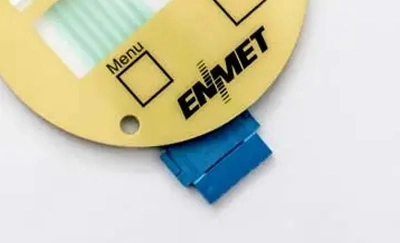
Description: In this article, we will explore what is actuation on a keyboard and how it affects the typing experience. Learn about the different types of keyboard switches and their actuation points.

When it comes to keyboards, there is a lot more to consider than just the layout and size. One important aspect of keyboard technology is actuation. So, what is actuation on a keyboard? Actuation is the point at which a keystroke is registered by the computer. In other words, it's the amount of force required to register a key press.
In this article, we will delve into the topic of actuation and explore the different types of keyboard switches, their actuation points, and how they affect the typing experience.
The Different Types of Keyboard Switches
What is Actuation Point?
How Actuation Point Affects Typing Experience
The Benefits of Understanding Actuation
FAQs About Actuation
Conclusion
The Different Types of Keyboard Switches:
Membrane keypads are the most common type of keyboard and are generally less expensive. They work by using a rubber dome underneath each key to register a key press. However, these keyboards produced by membrane keypad manufacturer tend to wear out quickly, and the rubber dome can break down over time.
Scissor keyboards use a scissor-like mechanism to connect the keys to the keyboard. This type of keyboard is often found on laptops and other portable devices. While scissor keyboards are more durable than membrane keyboards, they may not offer the same level of tactile feedback.
Mechanical keyboards are the most expensive type of keyboard and are often preferred by gamers and professionals. These keyboards use individual mechanical switches underneath each key. Mechanical keyboards offer better tactile feedback and durability than membrane and scissor keyboards.
The actuation point is the distance a key needs to be pressed down before it is registered by the computer. Actuation points are measured in millimeters and are typically between 1.5 and 4mm. The actuation point can have a significant impact on the typing experience, as it determines how much force is required to register a keystroke.
The actuation point can have a significant impact on the typing experience. A higher actuation point requires more force to register a key press, which can be tiring over extended periods of typing. A lower actuation point, on the other hand, can result in accidental keystrokes, as the keys are more sensitive.
Understanding actuation can help you choose the right keyboard for your needs. If you're a gamer or a professional who types for extended periods, a mechanical keyboard with a low actuation point may be the best choice. If you're on a budget, a membrane or scissor keyboard may suffice. Knowing the actuation point of a keyboard can also help you type more accurately and efficiently.
In conclusion, actuation is an essential aspect of keyboard technology. Understanding the actuation point of a keyboard can help you choose the right keyboard and custom membrane switches.